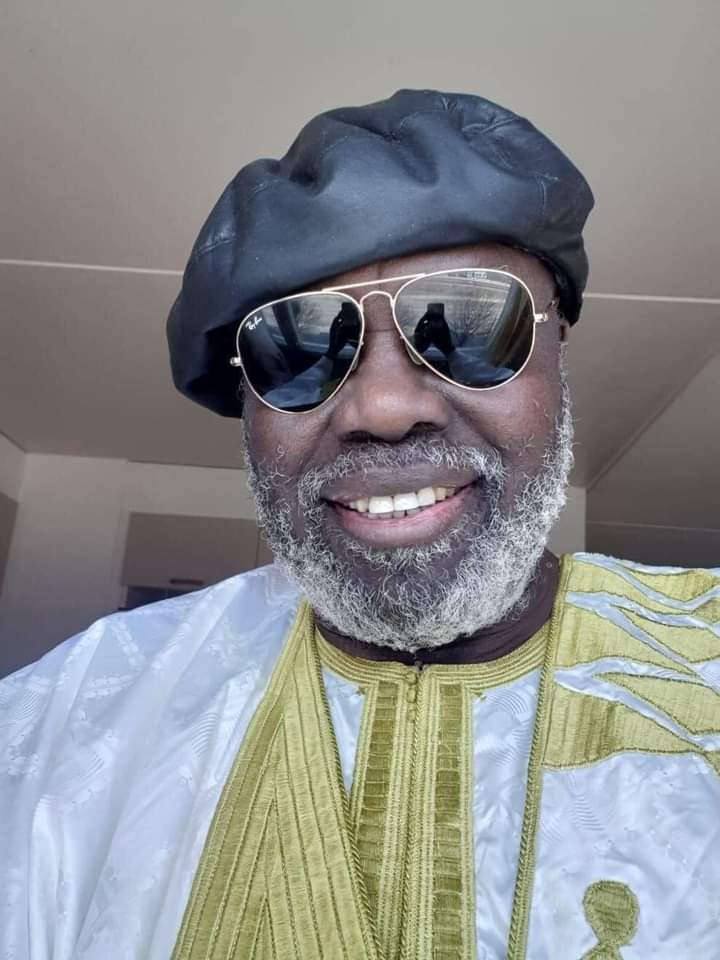 For the BRICS currency to be formed and used as international currency reserve, a couple of couplings and de-couplings need to happen in the International financial systems of BRICS countries mainly in China with regards to the Chinese Reminbi (RMB/ Yuan). Without the RMB made stronger and healthier than its current financial strength among the basket of international currencies, by supporting it with huge, huge US dollar reserves, the BRICS countries’ dream of having a parallel international reserve currency counterbalancing the US dollar and the IMF SDR , might just be a BIG pie in a blue sky-literary for the current BRICS countries involved, given the current strength, and the current trending dominance of the Almighty US dollar in the International financial system.
For the BRICS currency to be formed and used as international currency reserve, a couple of couplings and de-couplings need to happen in the International financial systems of BRICS countries mainly in China with regards to the Chinese Reminbi (RMB/ Yuan). Without the RMB made stronger and healthier than its current financial strength among the basket of international currencies, by supporting it with huge, huge US dollar reserves, the BRICS countries’ dream of having a parallel international reserve currency counterbalancing the US dollar and the IMF SDR , might just be a BIG pie in a blue sky-literary for the current BRICS countries involved, given the current strength, and the current trending dominance of the Almighty US dollar in the International financial system.
The answers should come from what China dose with the current level of their US dollar reserves.
“China will have to work to gain more credibility with its currency on the dollar-dominated world stage. Beijing must ensure yuan reserves can be converted to dollars at a consistent rate — which means China will have to ramp up its dollar holdings for emergency interventions if necessary.
As Western sanctions on Russia have revealed in recent months, other countries are subject to severe political and financial influence by the US due to the dollar’s status. That may make it seem counterintuitive for China to increase dependence on the dollar.
“Keeping peculiarity of the relationship between the world’s two largest economies, is the only way for China to make the RMB a significant reserve currency without embarking on full capital account liberalization.” However, “the RMB can nonetheless undergo an internationalization process with Chinese characteristics.” Which we think could be a plus for China.
In March, the International Monetary Fund said China’s yuan and other currencies had gained on the US dollar’s global standing as a reserve currency. China for years has pushed for greater adoption of the yuan, and the IMF noted that central banks around the world are looking to diversify their holdings.
“A characterization of the evolution of the international reserve system in the last 20 years is thus an ongoing movement away from the dollar, a recent if still modest rise in the role of the renminbi, and changes in market liquidity, relative returns and reserve management enhancing the attractions of nontraditional reserve currencies,” which we financial economists agree.
Manding Darboe, Financial Economist.
Ends




1 Pingback